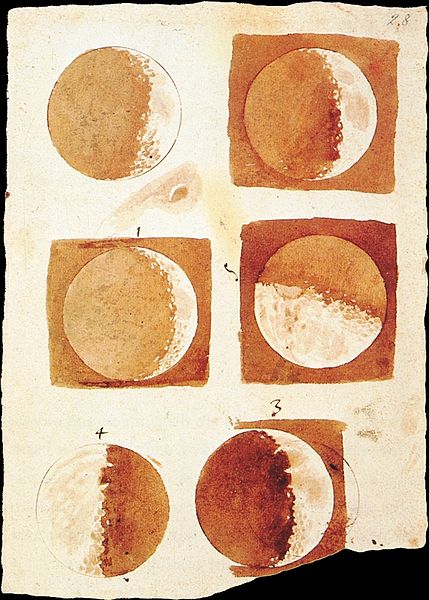Jean-Antoine Watteau was a French painter and draughtsman whose brief career spurred the revival of interest in colour and movement, as seen in the tradition of Correggio and Rubens. He revitalized the waning Baroque style, shifting it to the less severe, more naturalistic, less formally classical, Rococo. Watteau is credited with inventing the genre of fêtes galantes, scenes of bucolic and idyllic charm, suffused with a theatrical air. Some of his best known subjects were drawn from the world of Italian comedy and ballet.
Rosalba Carriera, Portrait of Antoine Watteau, c. 1721, showing the artist in the last year of his life. Musei Civici [it], Treviso
Pleasures of Love (1718–1719)
The Feast (or Festival) of Love (1718–1719)
The Embarkation for Cythera, 1717, Louvre. Many commentators note that it depicts a departure from the island of Cythera, the birthplace of Venus, thus symbolizing the brevity of love.
Drawing is a visual art that uses an instrument to mark paper or another two-dimensional surface. The instrument might be pencils, crayons, pens with inks, brushes with paints, or combinations of these, and in more modern times, computer styluses with graphics tablets.
Leonardo da Vinci's Vitruvian Man (c. 1485) Accademia, Venice
Madame Palmyre with Her Dog, 1897. Henri de Toulouse-Lautrec
Galileo Galilei, Phases of the Moon, 1609 or 1610, brown ink and wash on paper. 208 × 142 mm. National Central Library (Florence), Gal. 48, fol. 28r
Antoine Watteau, trois crayons technique

![Rosalba Carriera, Portrait of Antoine Watteau, c. 1721, showing the artist in the last year of his life. Musei Civici [it], Treviso](https://upload.wikimedia.org/wikipedia/commons/thumb/0/0b/Rosalba_Carriera_Portrait_Antoine_Watteau.jpg/443px-Rosalba_Carriera_Portrait_Antoine_Watteau.jpg)






